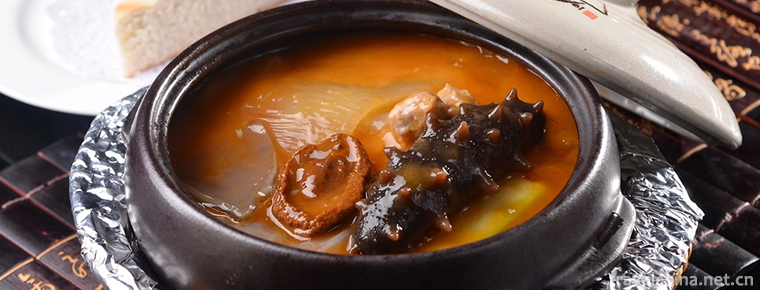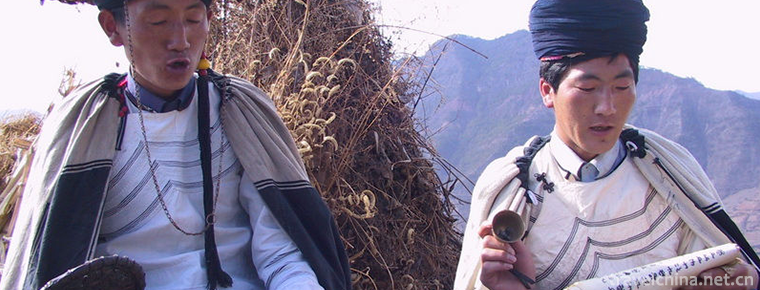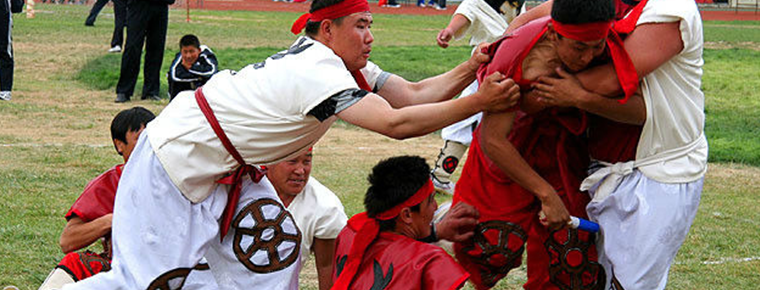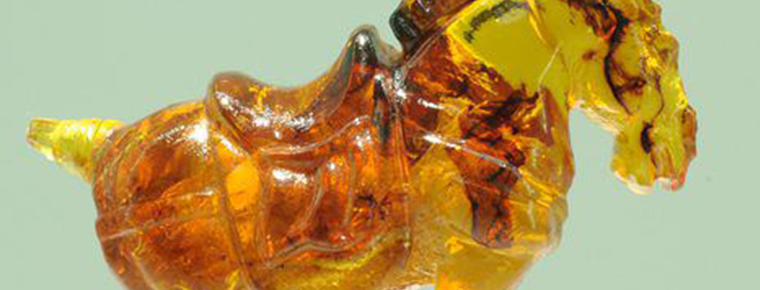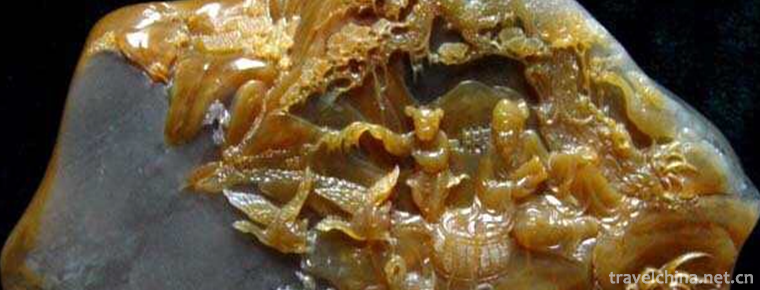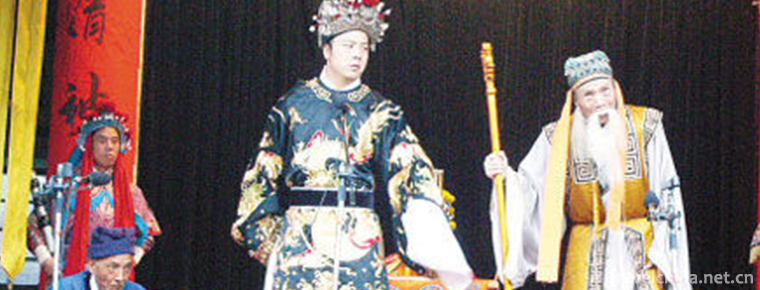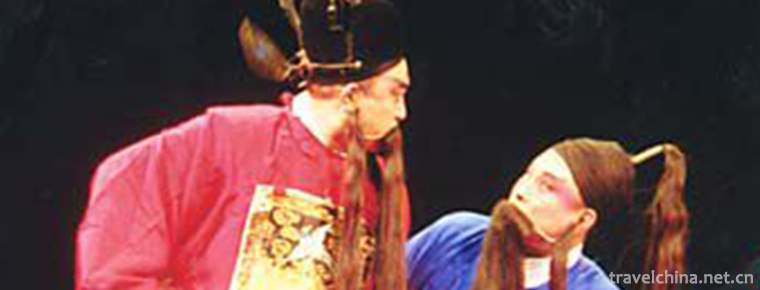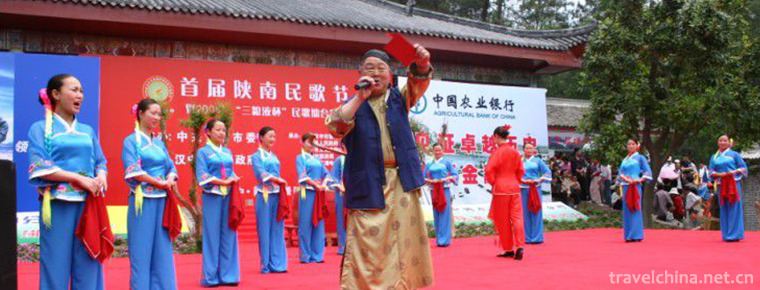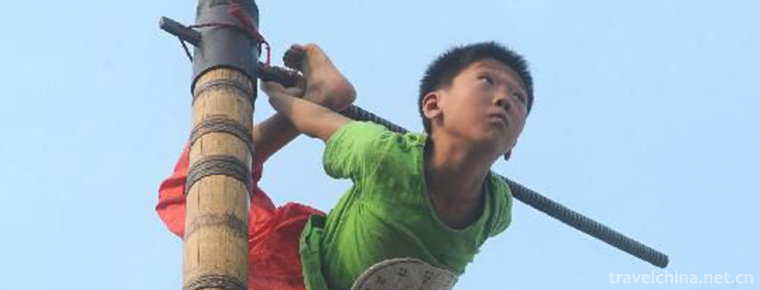Langmu Temple
Langmu Temple
Langmusi town is a small town under the jurisdiction of Luqu County, Gannan Tibetan Autonomous Prefecture, Gansu Province, and Ruoergai County, Aba Tibetan and Qiang Autonomous Prefecture, Sichuan Province. Among them, saichi temple in Jiangbei belongs to Luqu County of Gansu Province, also known as "dacanglangmusaichi Temple". In the south of the Yangtze River, it is geldi temple, belonging to Ruoergai County in Sichuan Province, also known as "dacanglangmugerdi Temple". Both temples belong to Gelug Sect of Tibetan Buddhism.
Environmental Science
A small stream flows through the town. Although it is less than 2 meters wide, it is called "Bailong River". Xibei is the "saichi Temple" in Gansu Province, and the south bank is andoda Canglang wooden temple in Ruoergai County, Sichuan Province. There is a mosque of Hui nationality in the middle. Two Tibetan Buddhist temples face each other across the river.
A stream is a combination of Tibetan and Hui peoples who coexist peacefully. Lama temples and mosques exist in different places. People on both sides of the stream express their adherence to faith in different ways.
present situation
Today, Langmu temple is located at the junction of Sichuan and Gansu, which has been a sacred place for people of Sichuan, Gansu and Qinghai to worship the black tiger goddess since ancient times.
After the rise of Tibetan Buddhism, the temple has been built there for thousands of years, but it is still named "tiger cave fairy Temple" - Langmu temple.
What's more, in Dacang Langmu temple in Sichuan, the legendary old grandmother Langmu is most respected by the public. The cave where she used to live is the Holy Land in the holy land. The spring water gushing out of the cave is the source of Bailong River, one of the main sources of Jialing River.
Langmu temple is divided into two parts. One is Dacang Langmu temple, also known as geldi temple. Tiger cave, fairy cave, Langmu Temple Grand Canyon and Buddha relic are all located on this side of Sichuan Langmu temple.
The other is the Gansu temple, also known as saichi temple. In the direction of the celestial burial platform, the two temples watch each other across the stream.
Despite its growing popularity, Langmu temple is still a quiet and unique town.
Practical information
Best travel time
May September is the best. At this time, the temperature was cool and pleasant, and the grassland was full of Gesang flowers. But in winter, the climate is cold, but there are rich Buddhist activities.
Dress Guide
The weather is obviously cold and windy in the mountains. If you go in summer, you should take a coat. It will be cool in the morning and evening. If you go in winter, you should take warm keeping measures. Hat and gloves are indispensable.
Catering and accommodation
Langmusi town has a complete range of accommodation, including hotels, B & B, youth hostels and other high and low-grade accommodation places with prices ranging from tens to hundreds of yuan, which can be selected according to the demand.
In many characteristic Tibetan Inns or youth brigades, every night there will be Inn owners, local Tibetan friends and tourists to sing and talk, very happy.
There are also many restaurants in the town, most of which are Tibetan food and Sichuan food. If you can't get used to it, there is also a Lisa restaurant that can provide Western food (the distinctive apple pie and yak meat hamburger are famous among overseas Backpackers, but the price is not cheap). Because the local poor materials are mostly transported from outside, the price is slightly higher than that in the mainland.
other
1. Before visiting the two temples, it's best to find a local person or monk to help explain. The story of the temple is very wonderful. 2. It is suggested not to watch the celestial burial for the sake of curiosity. Please keep quiet and respect the family members of the deceased. 3. There are horse riding tour projects near Langmu temple, and the horse team has consulting stores in the town, with prices ranging from 150 to 400 yuan. The riding destinations include the source of Bailong River, Hongshiya, Huahai, etc. 4. When you travel in Langmu temple, you can visit zhagana, the most beautiful village in Gannan, Ruoergai lake and Tangke in Sichuan Province. You can rent cars and people in inns in the town.
Traffic information
The ticket for cooperation to Langmu temple is 50 yuan, and there are flights at 6:30, 7:20 and 12:00 every day. (occasionally changed in off season);
It costs 71.5 yuan from Xiahe to Langmu temple, with a shift at 6:40 and 7:40 each day. (occasionally changed in off season);
There is no direct bus from Lanzhou to Langmu temple. You can take the shuttle bus from Lanzhou to Diebu, get off at Langmusi bridge, and then walk for about 3 km.
Main attractions
Geldi Temple
The Gedi temple is located in the Sichuan part of the Lang Mu Si town. The five body gildon living Buddha body hall is the essence of the Lang Mu Temple scenic spot. It enshrined the body of the living Buddha that did not decay after hundreds of years of silence. It was very magical.
However, the body hall can't be seen at any time. It will be open about three or five days. Only tourists with Buddhism can see it.
In addition, there are many temples worth visiting in the Gedi temple, which has a history of more than 600 years. Each of them has fantastic stories. You can find a local to tell them one by one and feel the magic of religious stories.
Bailongjiang Gorge
The entrance of the Bailong River Canyon is located in the deepest part of the geldi temple. It can be hiked or rode into the sightseeing. There are strange stones around the canyon, with beautiful scenery. There are several grasslands in the valley for picnic, and there are also landscapes full of religious fantasy stories such as fairy cave, tiger cave and Zhongyin cave.
From the end of the canyon to the top of the mountain, you can also see the beautiful panorama of Langmusi town.
Saichi temple in Gandan
Gandan saichi temple is located on the side of Gansu Province. The buildings are resplendent, and each hall is gilded. In the early morning, the hall is full of gold, which is very suitable for photography.
There is a celestial burial platform on the back mountain of the temple. If the family members of the deceased agree, you can go to see the celestial burial. It takes about 40 minutes to climb from the mountain behind the temple.
Celestial burial is only available when the local people die. It is not recommended to look at the scene of funeral for the deceased with curiosity.
festival activities
Buddha's Day
Zhanfo, which is called "guigexian" in Tibetan, literally means "showing silk Buddha". We usually call it "Sun Buddha".
The purpose of visiting the Buddha is to show the great image of Buddha in the world, let the Buddhist believers feel through their hearts, and worship, praise and support, and pray for the Buddha's long-term residence.
The 13th day of the first month of each year is the day of worshiping Buddha in Langmu temple.
At about nine o'clock in the morning, the ceremony of worshipping Buddha officially began. The broad platform was decorated with smooth and neat stone slabs, and the statues of Buddha were slowly unfolded on the wall. A group of monks tightly grasped the edge of the wall, and a group of monks continued to display it below. On the left and right sides, there were two groups of monks. The four sides worked together carefully to make a piece of about 10 Zhang wide and about 36 Zhang wide Buddhist statues are displayed in front of people. At this moment, monks and monks are quiet and quiet. They recite scriptures silently and pray for happiness and auspiciousness

-
Soup with pepper
Soup with pepper, a well-known snack in Central Plains, originated in Xiaoyao Town, Xihua County, Zhoukou City, Henan Province, and Beiwudu Town, Wuyang County, Luohe City. Especially known as Xiaoyao.
Views: 242 Time 2018-11-10 -
Bemo music
Qubila fire is well known in Meigu County, Liangshan Prefecture. He is not only a highly respected Yi Dabimo, but also a representative successor of national intangible cultural heritage projects..
Views: 302 Time 2019-04-04 -
Ewenke to seize the pivot
Pivot-snatching is a traditional competitive event of Ewenki nationality. It was performed by the representative team of Inner Mongolia Autonomous Region in the 6th National Minority Traditional Sport.
Views: 139 Time 2019-04-28 -
Amber carving
Fushun Amber, a special product of Fushun City, Liaoning Province, is a national geographical indication product of China..
Views: 120 Time 2019-05-03 -
Shoushan stone carving
Shoushan Stone Carving is a traditional folk carving art. It is made of Shoushan Stone, which is produced in the northern mountain area of Fuzhou. It is a small carving for people to enjoy through spe.
Views: 112 Time 2019-06-15 -
Lotus in Wenzhou
Wenzhou lotus is a local opera evolved from Wenzhou Taoism, and it is also one of the main operas in Zhejiang Province. It has spread to Wenzhou (including the counties under its jurisdiction) and par.
Views: 108 Time 2019-06-28 -
Yingge Liushu
Yingge Liushu, also known as Yingge Liuzi, is a traditional art form of rap and singing spread in southwestern Shandong, southern Shandong, Eastern Henan and Northern Jiangsu. Legend has it that the L.
Views: 293 Time 2019-07-14 -
Zhenba Folk Song
Zhenba folk song is a huge cultural wealth created and accumulated by Zhenba people for thousands of years, and it is an important component of Zhenba regional culture. Zhenba folk songs are very rich.
Views: 175 Time 2019-07-25 -
Zuo Gezhuang Club
Chongxin Village is located in Zuogezhuang, northeast of Wen'an County. Its economic prosperity and people's prosperity have become the material and cultural basis for the preservation and continuatio.
Views: 377 Time 2019-08-16 -
Giant Sleeping Buddha
The giant Sleeping Buddha is located in Leshan City, Sichuan Province. In the periphery of Leshan Giant Buddha, there is a "giant Sleeping Buddha" with a total length of more than 4000 meters and composed of several mountains. .
Views: 153 Time 2020-10-15 -
Neijiang cultural undertakings
By the end of 2019, there are 121 performing arts venues in Neijiang City, including 6 cultural venues. There are 5 museums, 5 cultural relics protection and management institutions, 7 national key cultural relics protection units, 42 provincial cultural relics.
Views: 281 Time 2020-12-16 -
Yibin cultural undertakings
By the end of 2019, there are 7 art performance groups, 2 art performance venues, 11 cultural centers, 186 cultural stations and 10 public libraries in Yibin cultural system. There are 1 provincial science and technology tourism demonstration base, 2 prov.
Views: 159 Time 2020-12-18
